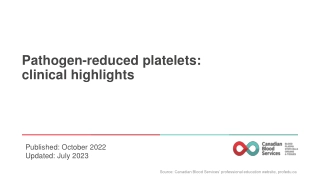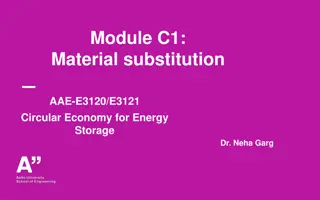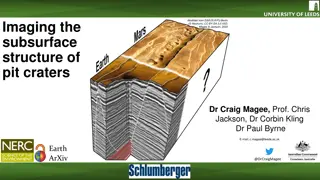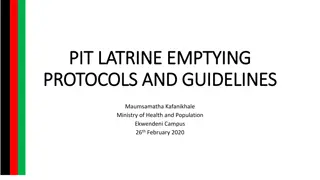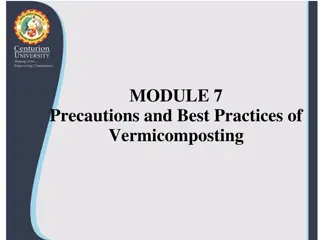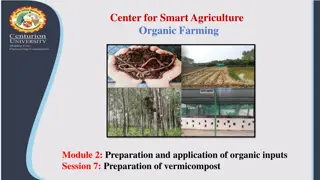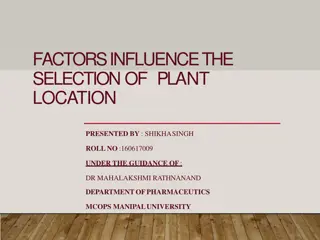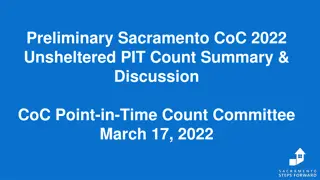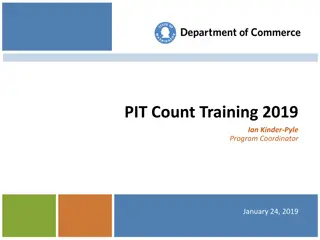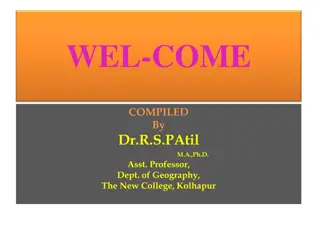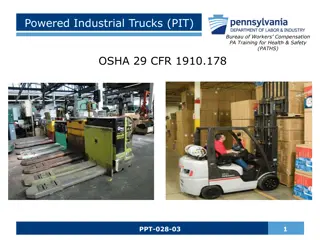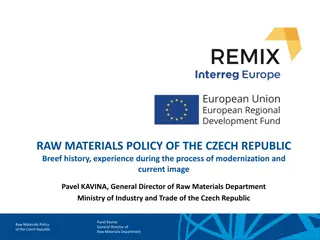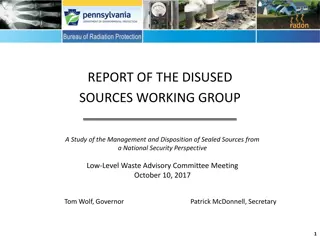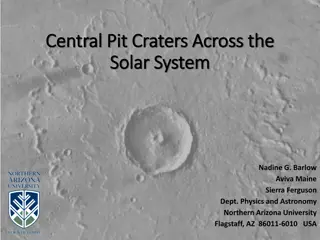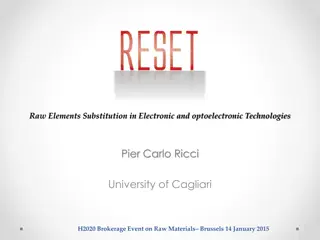Materials for Vermicomposting: Essential Raw Sources and Pit Setup
Explore the diverse range of agricultural residues and organic wastes suitable for vermicomposting, along with additional materials like animal manures and food industry wastes. Learn about setting up a vermicompost pit with proper dimensions and aeration for optimal composting results.
Download Presentation

Please find below an Image/Link to download the presentation.
The content on the website is provided AS IS for your information and personal use only. It may not be sold, licensed, or shared on other websites without obtaining consent from the author.If you encounter any issues during the download, it is possible that the publisher has removed the file from their server.
You are allowed to download the files provided on this website for personal or commercial use, subject to the condition that they are used lawfully. All files are the property of their respective owners.
The content on the website is provided AS IS for your information and personal use only. It may not be sold, licensed, or shared on other websites without obtaining consent from the author.
E N D
Presentation Transcript
A.3'5'-Phosphodiester bonds Phosphodiester bonds join the 3'-hydroxyl group of the deoxypentose of one nucleotide to the 5'-hydroxyl group of the deoxypentose of an adjacent nucleotide through a phosphoryl group (Figure 16). The resulting long, unbranched chain has polarity, with both a 5'-end (the end with the free phosphate) and a 3'-end (the end with the free hydroxyl) that is not attached to other nucleotides. The bases located along the resulting deoxyribose phosphate backbone are, by convention, always written in sequence from the 5'-end of the shown in Figure 16D (5'-TACG-3') is read thymine, adenine, cytosine, and guanine. Phosphodiester linkages between nucleotides can be hydrolyzed enzymatically by a family of nucleases: deoxyribonucleases for DNA and ribonucleases for RNA, or cleaved hydrolytically by chemicals. [Note: Only RNA is cleaved by alkali.]
B. Double helix In the double he lix, the two chains are coiled around a common axis called the helical axis. The chains are paired in an antiparallel manner (that is, the 5'-end of one strand is paired with the 3'-end of the other strand) as shown in Figure 17. In the DNA helix, the hydrophilic deoxyribose phosphate backbone of e ach chain is on the outs ide of the molecule, whereas the hydrophobic bases are s tacked inside. The overall structure resembles a twisted ladder.
The spatial relationship between the two strands in the helix creates a major (wide) groove and a minor (narrow) groove. These grooves provide an access for the binding of regulatory proteins to their specific recognition sequences along the DNA chain.


